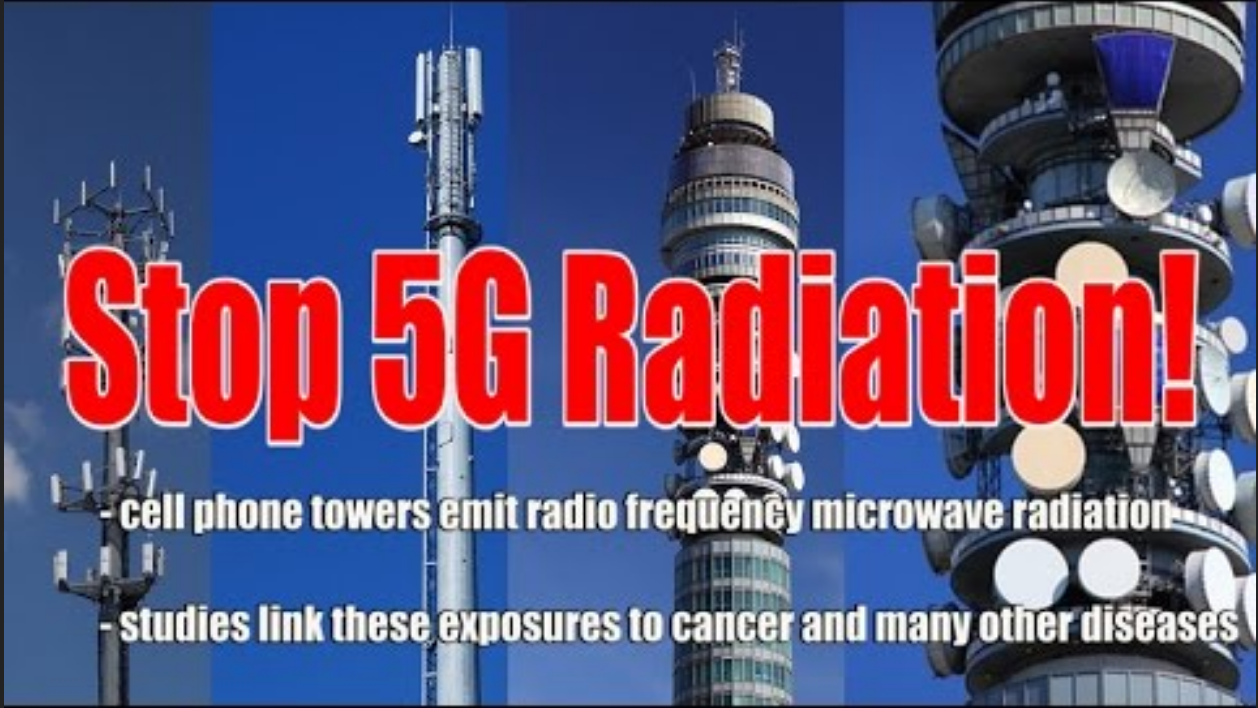The health consequences of 5G radiation are still being debated, but one study has suggested that there is a connection between radiofrequency radiation and cancer in male rats. The study was classified up until it was taken off the list on the 12th of December 2012 by the Central Intelligence Agency, but it has proven that radiofrequency may cause cancer in animals, including humans. In the study, researchers were exposed to male rodents for a period of 15 days. They discovered that they developed the same types of cancers as humans develop.
Health effects of radiation from 5G
While the rapid growth of wireless communications is causing the creation of 5G technology however, there is a growing concern regarding the health risks of 5G radiation. While higher frequencies do not affect the body as much as previous technologies, researchers have pointed to possible systemic impacts and are calling for more research. To ensure that the population is safe, it is the European Commission is requesting independent studies to determine if the technology could pose any health risks.
It is crucial to remember that there's a substantial amount of misunderstanding about the health effects of 5G and it is vital to dispel any doubts that remain. While the technology is not yet widely used, there are many individuals who are being warned that it can cause health problems mostly through social networks where sensational language is used.
Beamforming technique
Beamforming is one of the most crucial technologies used in the 5G wireless networks. It is a technique that makes use of several radiating elements to produce a narrow beam. The goal in beamforming is limit how much unwanted radiation is reflected within the signal that results. This method is widely employed in wireless communication systems, and is essential for 5G's low-cost coverage.
does 5g emit radiation is based on electronic weighting of the individual signals from each antenna. This results in the smaller beam of radiation which improves cell coverage indoors and near the cell's edges. This is essential because poor coverage can result in poor user satisfaction. In addition to improving the signal, beamforming can reduce the amount of interference that a user encounters from other devices.
Power density
The energy density of 5G radiation from cell towers will be comparable to that of previous generations of 4G and 3G systems. One reason behind the low power density lies in the sensitivity of electronic components. The maximum radiation output for a 2G handset was about 2 Watts. The output of the 4G model was around 200 milliwatts.

The power density measures how much electromagnetic energy is absorbed by the body from a specific distance. The power density of 5g radiation is typically expressed in the watts per square meters. Unlike the SAR measurement power density is a measurement of the quantity of electromagnetic energy that can be found in an area. does 5g emit radiation may differ for wearables and mobile devices dependent on their operating frequency and distance.
Specific absorption
A Specific Absorption Rate (SAR) can be described as a measure which measures the speed at which a certain frequency releases power into human tissues. In generally, the SAR must not exceed 2 watts per kilogram body mass. This figure is derived by the electrical field in tissues as well as the density of mass, measured in kilograms per cubic meters. does 5g emit radiation has recently been applied to the proposed antenna design.
The latest radio technologies that form the network 5G operate on frequencies below 6 GHz. These frequencies are referred to in millimeter waves. However, the FCC's SAR compliance protocol only applies to frequencies of up six GHz. Additionally to that, the SAR test requires that measurements be performed in phantoms containing tissues simulating media.
Skin health effects
Currently, we know very little about the effects of radiation from 5G on the skin. The existing knowledge is limited by the absence of experiments in vivo and theoretical models. There is however an urgent need for more studies of the impacts of 5G radio frequency radiation on human skin. Using 5G radio frequencies can cause skin damage particularly to the epidermis which is an extremely sensitive organ.
In contrast to 4G, 5G radiation has a high frequency which has been proven to increase the temperature of human body tissues. The human body is dipolar, which means that the higher frequency of 5G radio waves will cause heat in the skin. The exposure to radio frequencies from 5G may also affect other organs in the body, like the brain.
